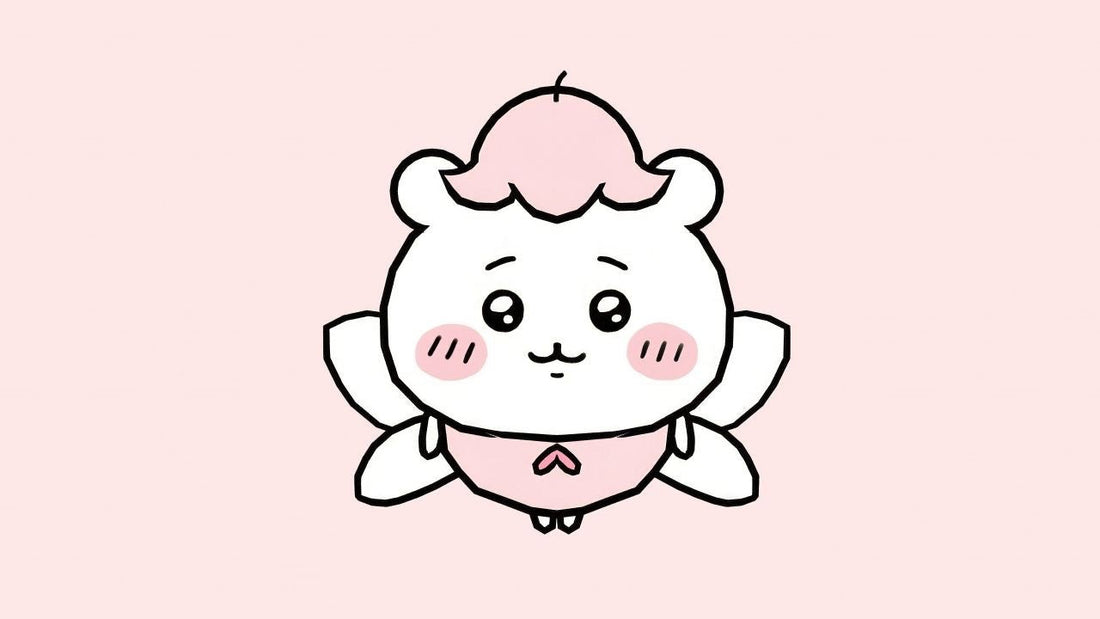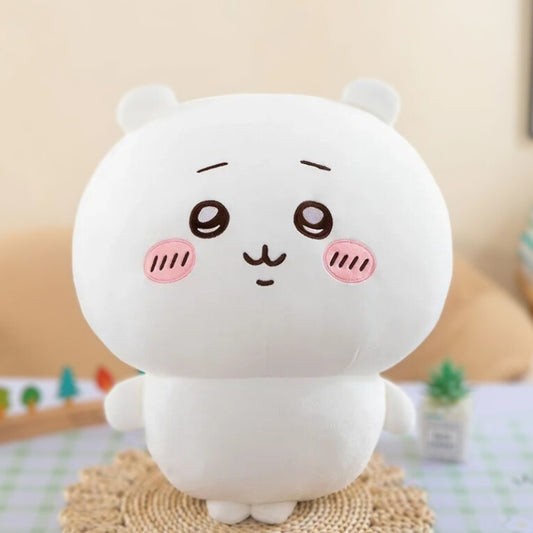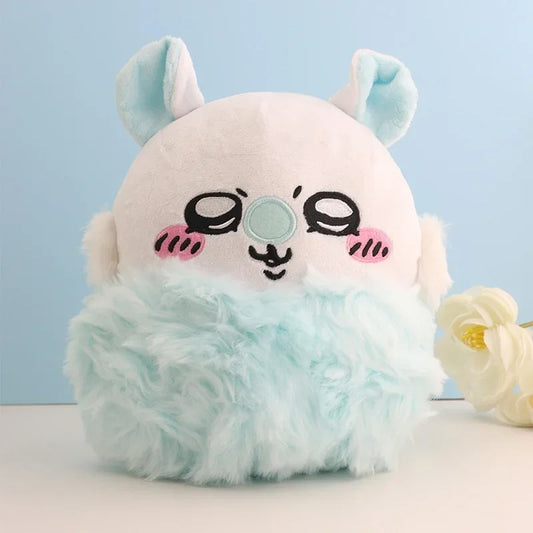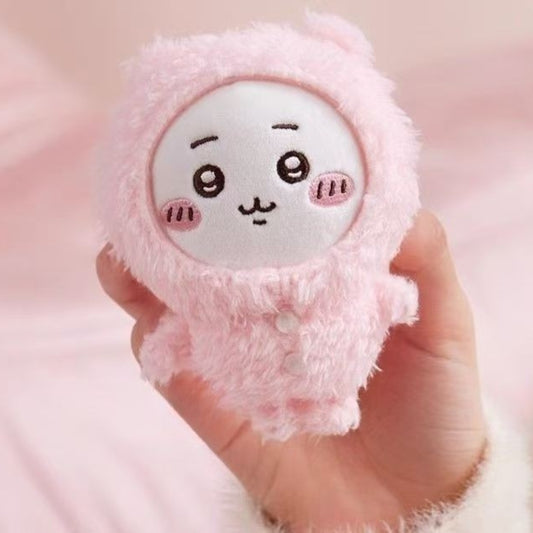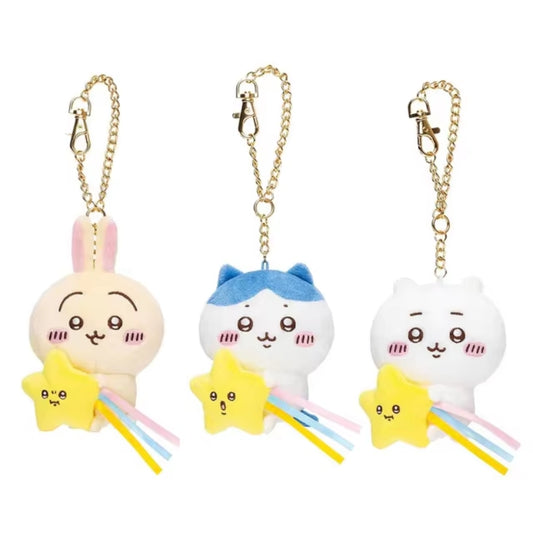Introduction: The Enigma of Chiikawa
If you’ve ever fallen down the rabbit hole of Chiikawa’s pastel-colored world, you’ve likely wondered: What exactly is Chiikawa? This small, round, perpetually tearful creature has captured hearts worldwide, but its species remains one of the internet’s most delightful mysteries. Is it a mouse? A hamster? A brand-new kawaii species? In this deep dive, we’ll explore the origins, fan theories, and cultural context behind Chiikawa’s ambiguous identity—and why the answer might not matter as much as we think.
Chiikawa 101: Origins of the Beloved Character
Chiikawa debuted in 2020 as a webcomic by Japanese artist Nagano, who began sharing simple, four-panel comics on Twitter (now X). The series follows the daily life of Chiikawa, a tiny creature navigating relatable struggles—like failing exams, making friends, and overcoming fears—with a mix of humor and heartfelt vulnerability.
-
Name Breakdown: “Chiikawa” combines chiisai (小さい, meaning “small”) and kawaii (かわいい, meaning “cute”).
-
Rise to Fame: The comics quickly went viral, amassing 1.1 million followers and spawning manga volumes, an anime, and a merch empire.
Despite its popularity, Nagano has never confirmed Chiikawa’s species, leaving fans to speculate. Let’s break down the theories!
The Great Debate: Mouse, Hamster, or Something Else?
1. The Case for a Mouse
-
Physical Traits: Chiikawa’s small size, rounded ears, and teardrop-shaped tail resemble a mouse. Mice are common in Japanese pop culture (e.g., Disney’s Mickey Mouse), making this a plausible inspiration.
-
Personality Clues: Chiikawa’s timid nature and tendency to squeak (“wa!”) align with mouse stereotypes.
Counterargument: Mice typically have pointier snouts, while Chiikawa’s face is flatter and more childlike.
2. The Hamster Hypothesis
-
Cheeky Resemblance: Chiikawa’s chubby cheeks and round body mirror a hamster’s. Hamsters are also popular kawaii mascots (e.g., Hamtaro).
-
Cultural Context: Hamsters symbolize innocence and comfort in Japan, fitting Chiikawa’s role as a “soft” emotional anchor.
Counterargument: Hamsters have shorter tails and more prominent whiskers.
3. Flying Squirrel Suspicion
-
Ears and Tail: Some fans note similarities to momonga (Japanese flying squirrels), especially Chiikawa’s round ears and fluffy tail.
-
Series Connection: Another character, Momonga, is explicitly a flying squirrel—but Chiikawa’s design differs.
Counterargument: Flying squirrels have gliding membranes, which Chiikawa lacks.
4. The “Original Creature” Theory
Chiikawa’s design avoids real-world accuracy, leaning into a minimalist kawaii aesthetic:
-
No Nose or Whiskers: Simplification for universal appeal.
-
Ambiguous Features: Large eyes, blushing cheeks, and a gender-neutral design make Chiikawa relatable to all.
Nagano’s refusal to define Chiikawa’s species suggests it’s an intentional blank canvas for fans to project onto.
Click on the above photo if you fancy to get this adorable Chiikawa pajama keychain back home!
Why the Ambiguity Works: Kawaii Culture and Relatability
In Japan’s kawaii culture, ambiguity is a superpower. Characters like Hello Kitty (a “girl” without a species) and Rilakkuma (a bear-like creature) thrive by defying labels. Chiikawa follows this tradition, prioritizing emotional resonance over biological accuracy.
-
Universality: Without a fixed identity, Chiikawa becomes a symbol of innocence, anxiety, and growth that anyone can relate to.
-
Merchandise Magic: Ambiguity allows creative freedom—Chiikawa plushies, keychains, and apparel appeal to broader audiences.
Side note: Do you know if Chiikawa is a boy or a girl?
Fan Reactions: Embracing the Mystery
The lack of answers hasn’t frustrated fans—it’s fueled creativity!
-
Fan Art: Artists reimagine Chiikawa as everything from a rabbit to a ghost.
-
Theories Galore: Reddit threads and TikTok videos debate clues from the manga and anime.
-
Inside Jokes: Fans playfully call Chiikawa a “potato” or “blob” due to its shape.
Nagano’s Silence: A Masterstroke in Storytelling
Nagano’s refusal to clarify Chiikawa’s species is strategic:
-
Focus on Growth: The series emphasizes Chiikawa’s emotional journey over physical traits.
-
Open Interpretation: Fans project their own insecurities and triumphs onto Chiikawa, deepening their connection.
In a 2022 interview, Nagano said:
“Chiikawa is whatever you need it to be—a friend, a mirror, or just a cute distraction.”
Chiikawa’s Legacy: Beyond Labels
Chiikawa’s ambiguity reflects a broader cultural shift toward embracing fluid identities. In a world obsessed with categorization, Chiikawa reminds us that joy, fear, and love transcend labels.
Conclusion: The Answer Is in Your Heart
So, what animal is Chiikawa? The truth is—it doesn’t matter. Chiikawa’s power lies in its ability to be everything and nothing: a tiny hero for the anxious, a comfort object for the lonely, and a kawaii icon for the ages. Whether you see a mouse, a hamster, or a magical blob, Chiikawa’s charm is universal.
Join the Conversation:
What do YOU think Chiikawa is? Share your theories with #ChiikawaMystery and tag us—we’ll feature the most creative answers!
Explore Chiikawa merch here and bring home a piece of the magic.

